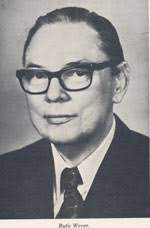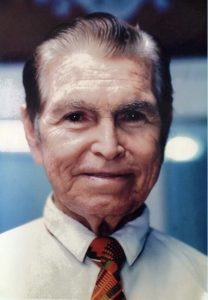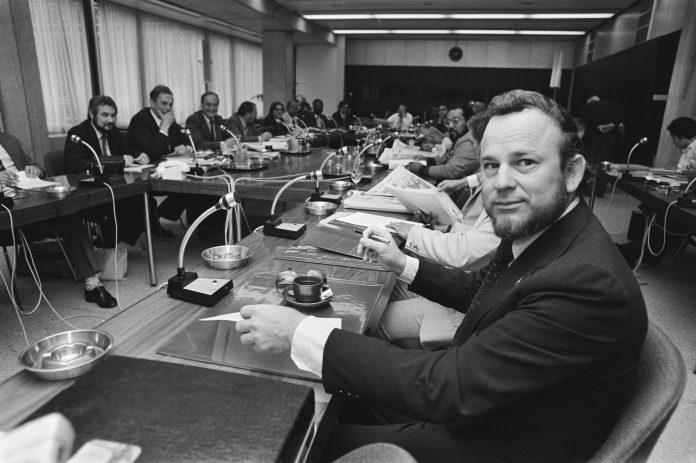(Oranjestad)—For the second part of our National Hymn and Flag Day, Aruba Today would like to dedicate this article to our local heroes; our founding fathers and creative minds that brought us our Anthem and Flag.
Betico Croes
The father of the Aruban nation or the Liberator (Libertador) as he is called often, was an active man in Caribbean organizations while he studied in the Netherlands. Betico was a social man, participated in sports and the social and cultural community. He worked as a teacher and instituted the official seal, flag and hymn for the island. During the Round table Conference of 1981, he was responsible for formally setting the date for Aruba’s independency. Betico also became leader of the political party Movimiento Electoral di Pueblo (MEP), now the main party that forms the current government that was elected in September 2021.
Croes himself was not able to enjoy the results of his ongoing struggle; he was involved in an accident on December 31, 1985, and went into a coma. He passed away on November 26, 1986. For the Aruban people, his words will never be forgotten. He told his people: “Si mi cay na caminda, gara e bandera y sigui cu e lucha” which means “If I fall along the way, grab the flag and continue the fight.”
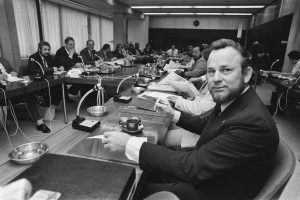
J.H.A “Henny” Eman
As mentioned in our previous article on the Status Aparte, Henny Eman was the first to lead the separatist movement on the island. He was also the founder of one of Aruba’s biggest political party today, the Aruban People Party (AVP). During his career, he advocated strongly for the separation from the central power of Curacao, and for equal representation of Aruba. He was member of the Aruban Court of Policy, and was later elected to the Council of State.
During his tenure, he was enacted projects like the Oranjestad Harbour and the Queen Beatrix Airport (then Princess Beatrix Airport).
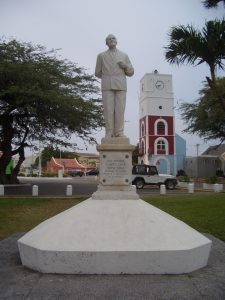
Juan Chabaya “Padu” Lampe and Rufo Wever
Padu Lampe and Rufo Wever were both musical giants on the island, having learned and played music from a very early age. In 1976, the Executive Council of Aruba appointed a committee to create an anthem for the island. “Aruba Dushi Tera” was written initially by Lampe and Wever, (Aruba Sweet Land) was already well-known two decades before. The committee decided to keep the old melody of the song but add more verses. The last verse of the song, which later was approved as Aruba’s national anthem on March 18th, 1976, was written by Hubert Booi.
